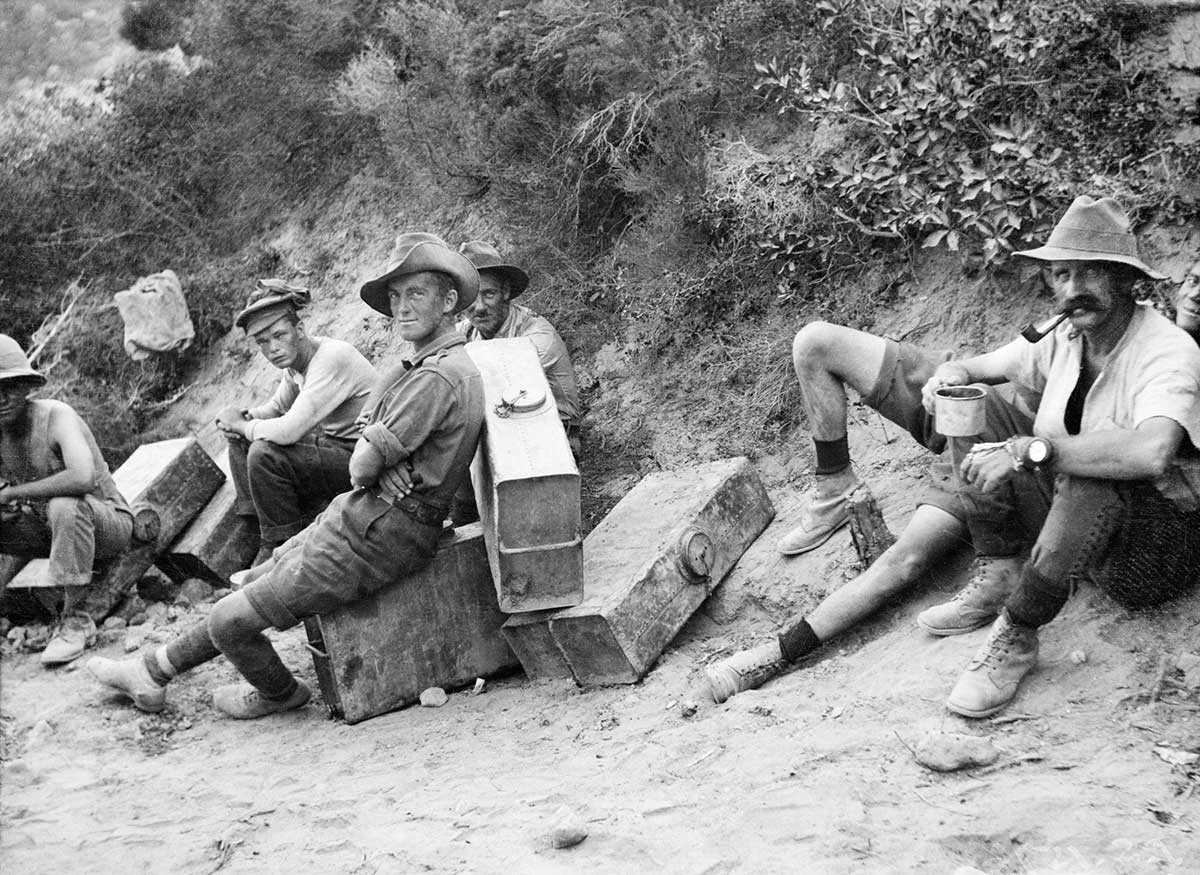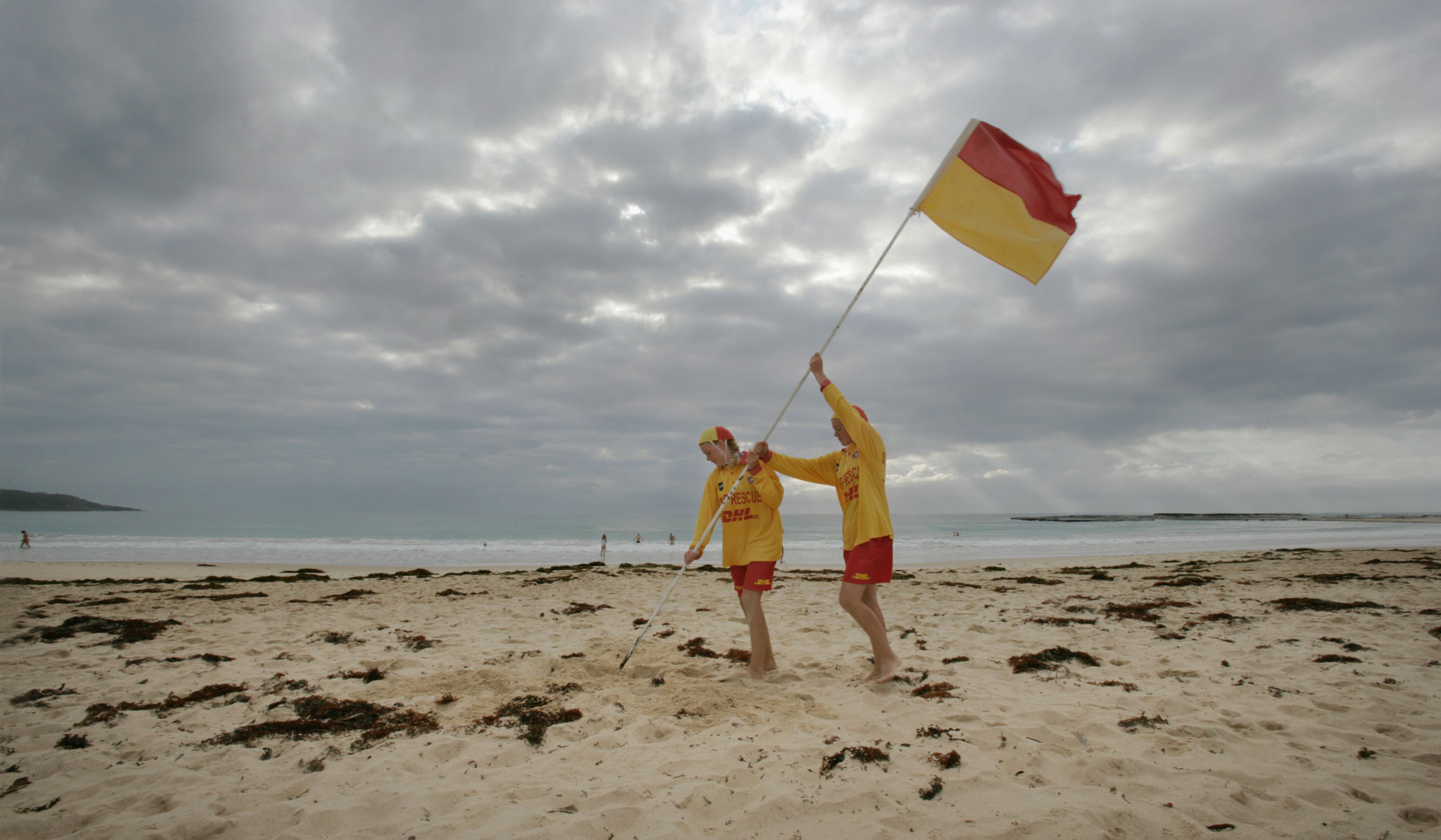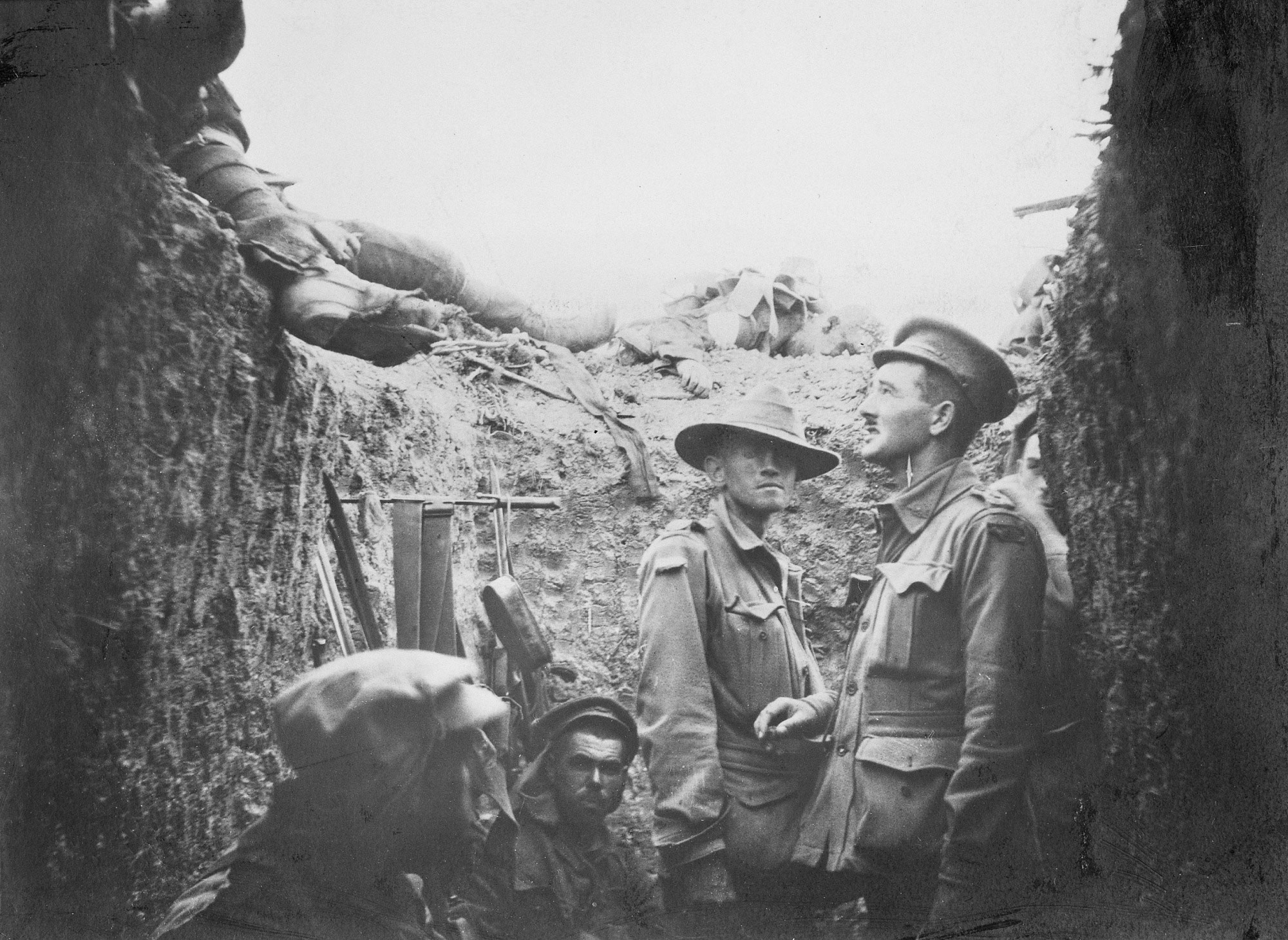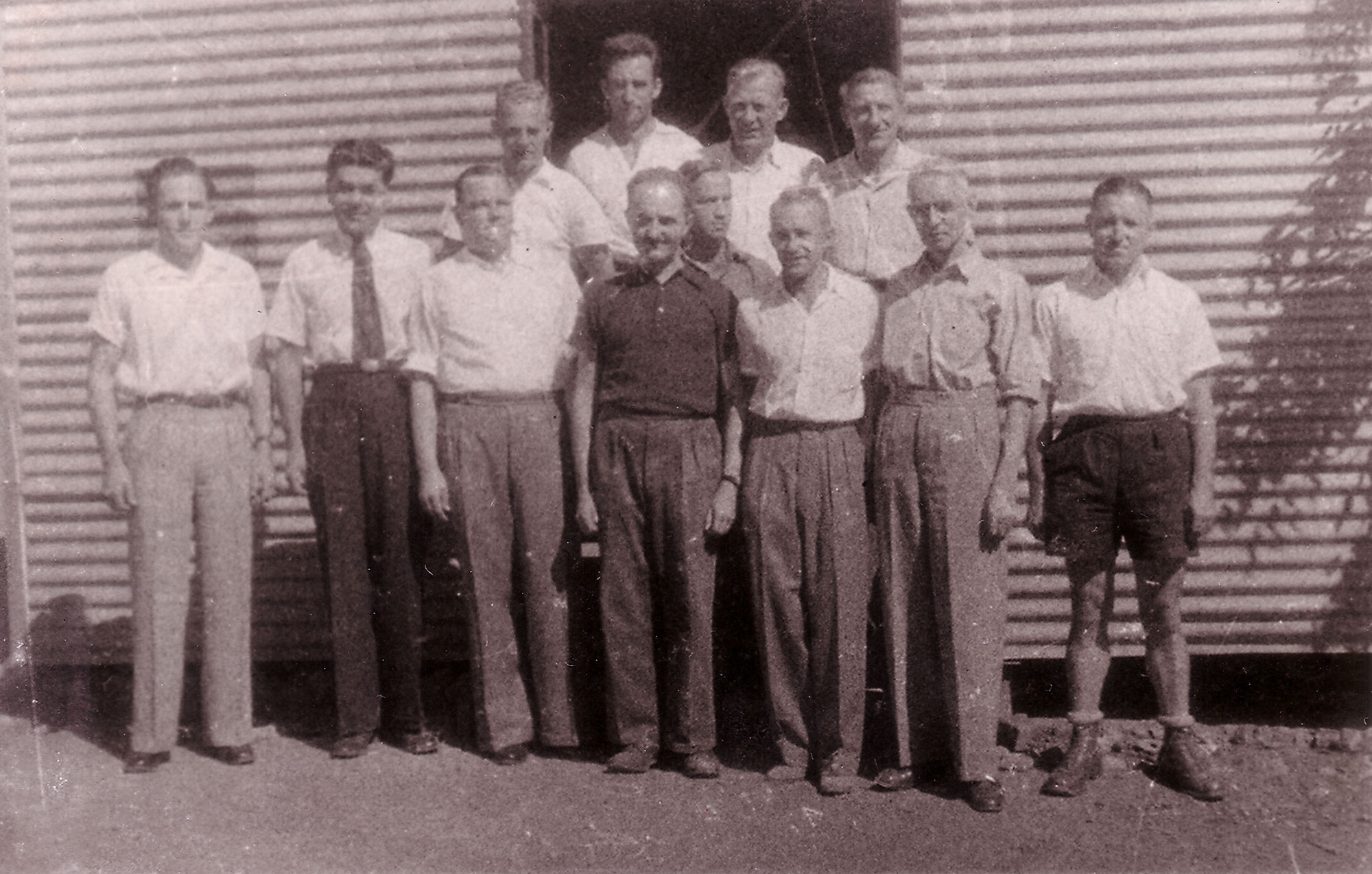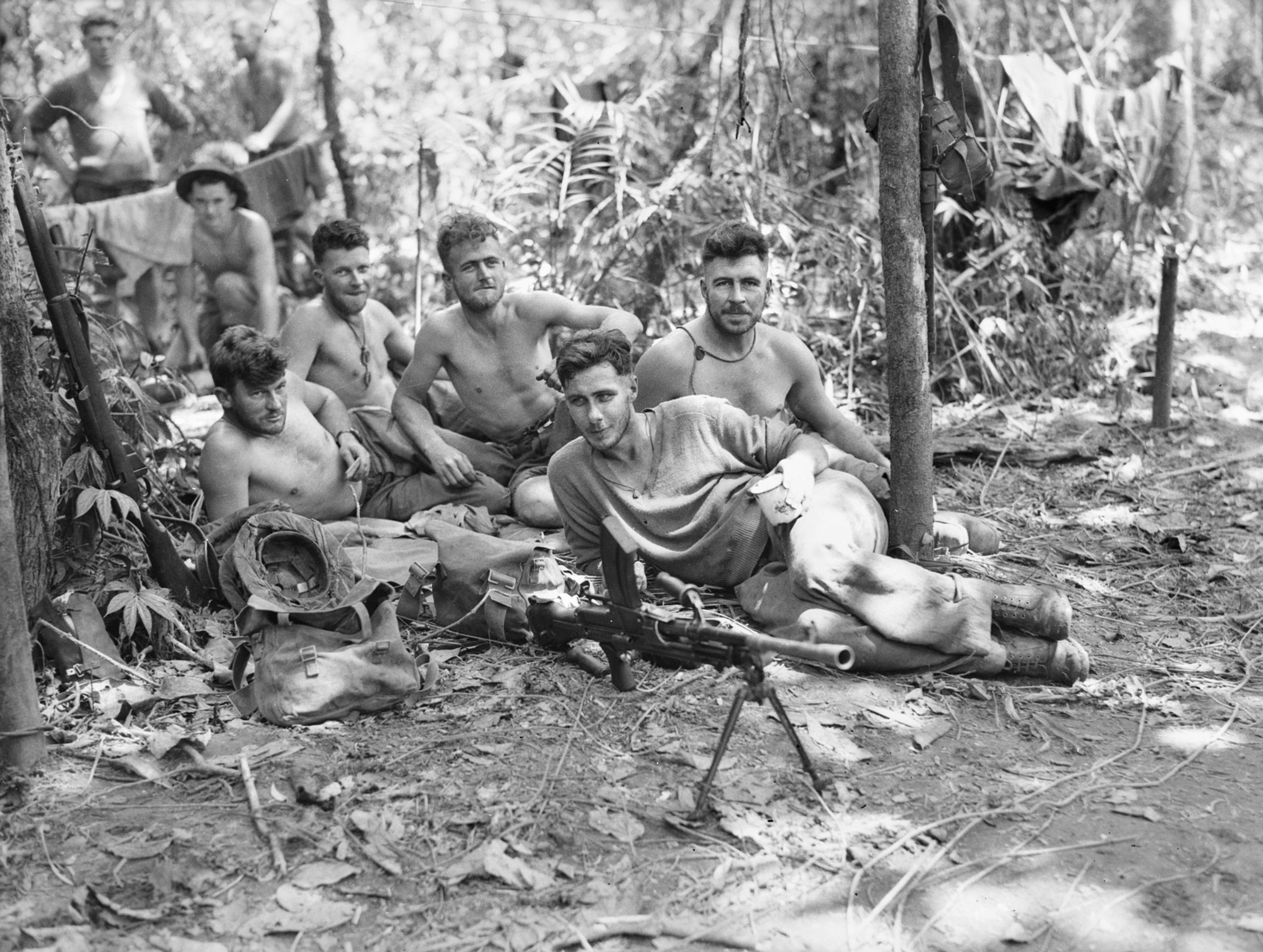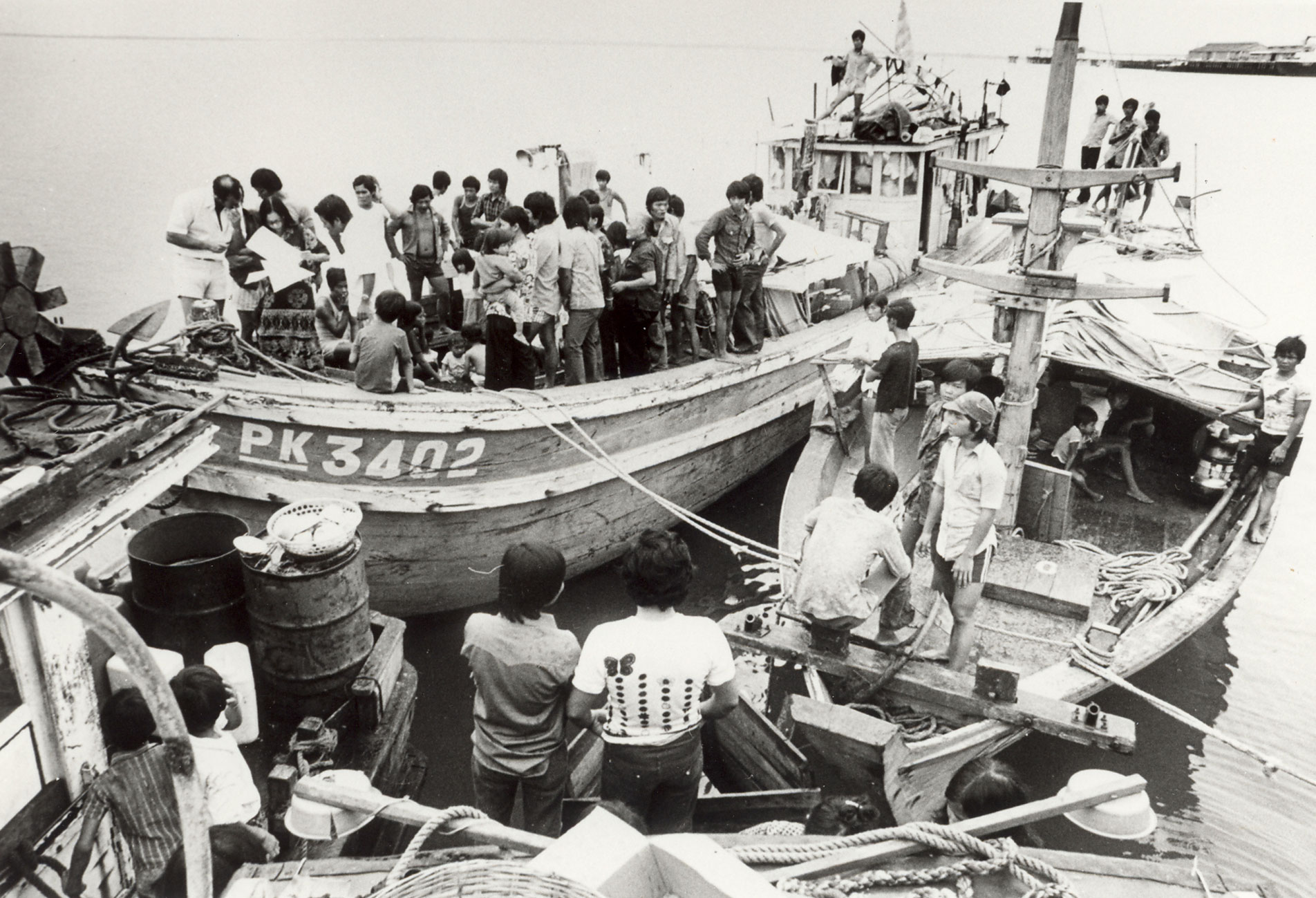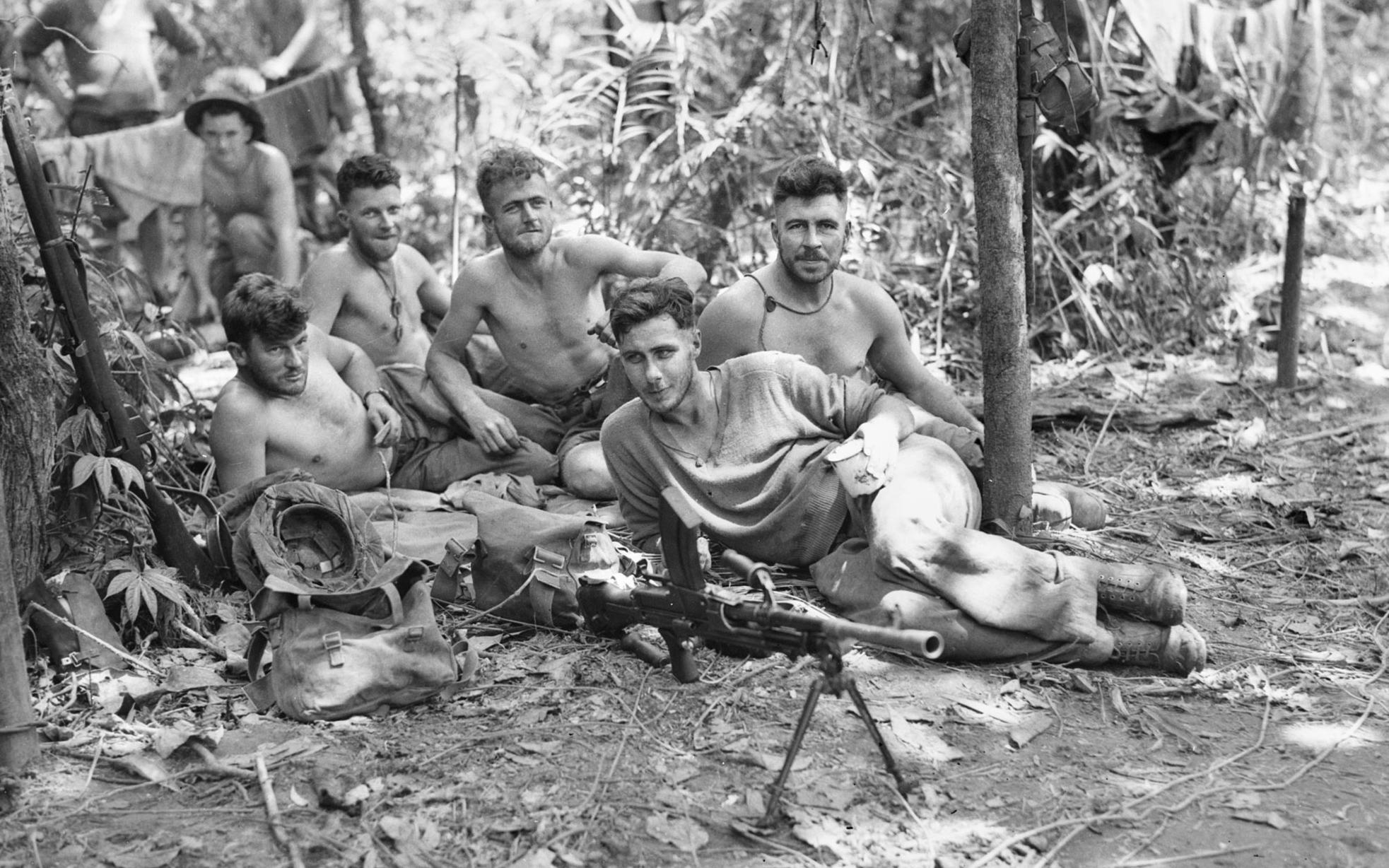Learning module:
Australia since Federation Defining Moments, 1901–present
Investigation 6: Significant groups
6.6 1949 Snowy Mountains Hydro workers
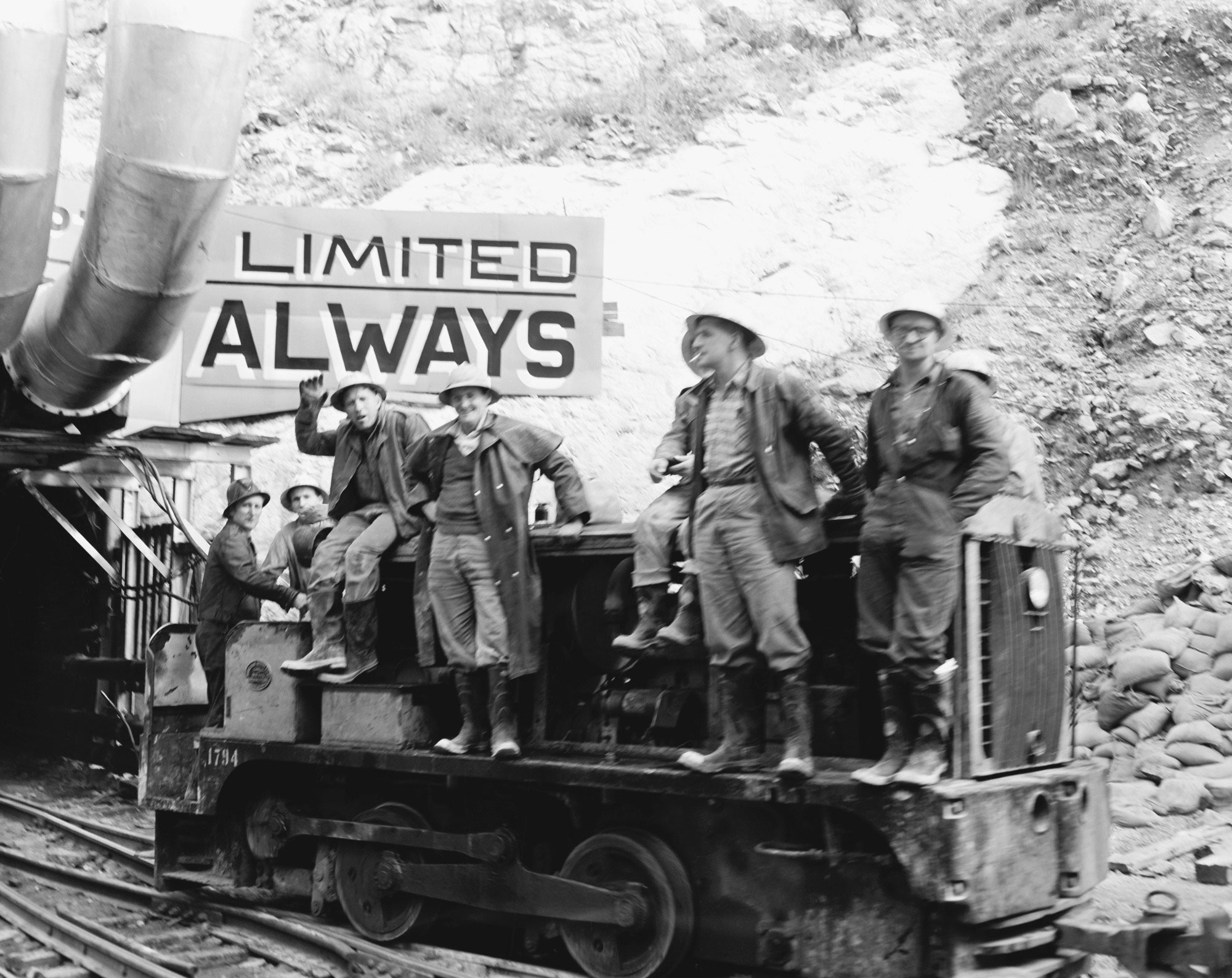
Based on the Defining Moment in Australian history: 1949 ‘A plan for the whole nation’ — Snowy Mountains Hydro Scheme begins
Imagine that there has been a war in your country.
Your house has been destroyed. Many of your family have been killed. You do not have a job or a home. You have been forced to move to another country. You have nothing. You are a refugee.
How would you feel about this? What would you do to try and make a successful life in the new country?
Discuss these questions, then see what happened with one group in Australia.
Read the information below and use it to answer the Significant groups in Australian history questions at the bottom.
Snowy Mountains Hydro workers information file
In 1949 Australia started the Snowy Mountains Hydro-Electricity Scheme.
This was a plan to take water that fell on the eastern side of the Snowy Mountains over to the western side. When the water ran down the western side it would create electricity. The water would then flow into the Murrumbidgee River and be used to irrigate crops, before joining the Murray River and flowing to the sea.
This job needed workers. There were not enough Australians to take on this new work, so the Australian Government offered jobs to refugees and displaced people from Europe. They would come, build the scheme, and stay and become new Australian citizens.
During the next 25 years more than 100,000 people, many of them migrants from 32 different countries, worked on the scheme. They helped blast 145 kilometres of tunnels through mountains, build 16 dams to hold water, build 80 kilometres of pipes and seven power stations for the water to generate electricity. They built 1600 kilometres of roads. One hundred and twenty-one men died during the building of the project.
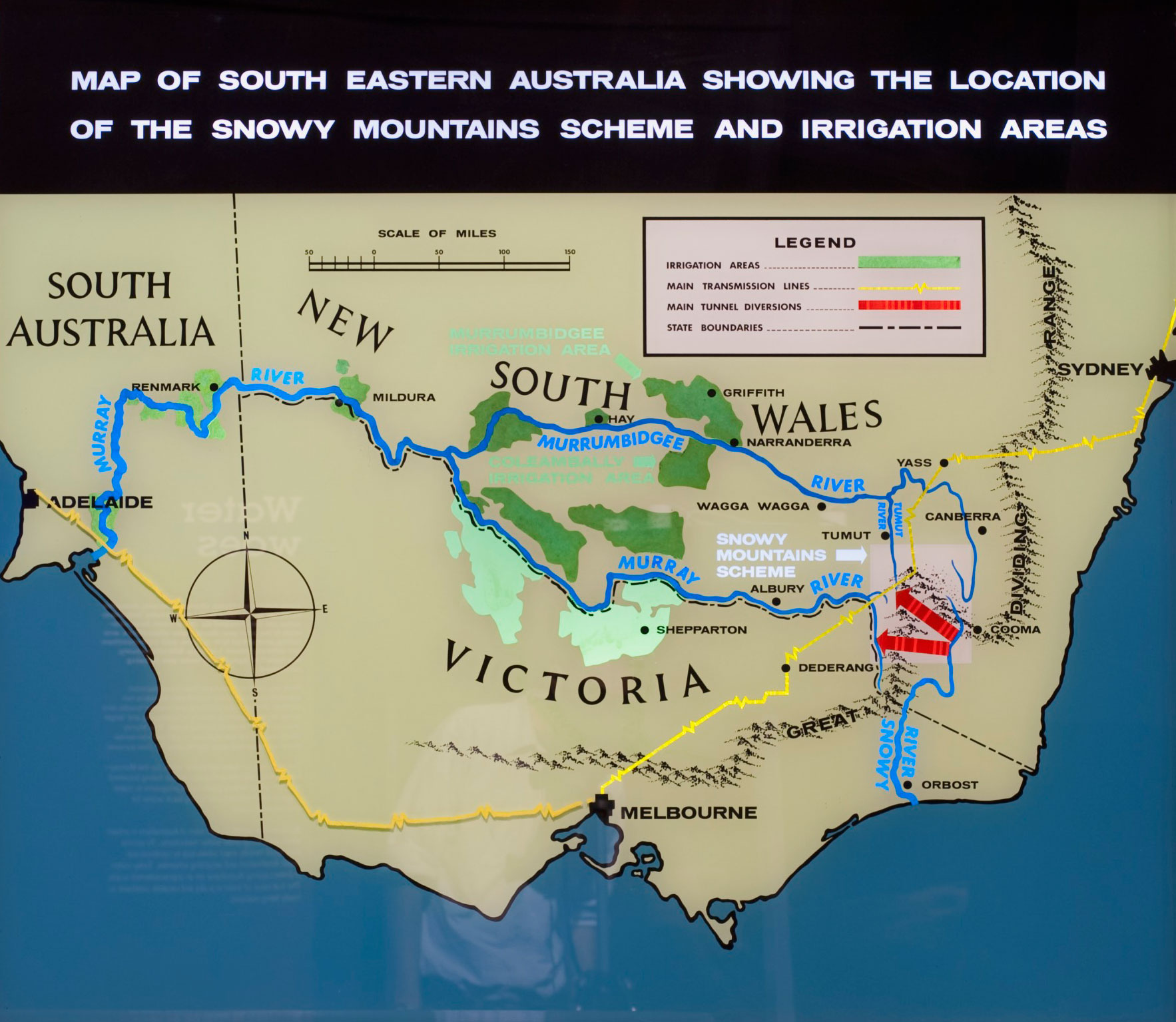
The scheme opened up new lands for agriculture. It opened up the Snowy Mountains to tourism and skiing. It increased the size and vitality of local towns and villages.
People who just a few years earlier might have been enemies at war, had to work together. Migrants had to learn the ways of Australians, and Australians had to learn the ways of the migrants — and they adopted many of the new foods and cultures that the migrants had brought.
It was the start of a multicultural Australia, and the start of a new life for thousands of these ‘new Australians’.
You can find out more by watching this animation telling the story of the Snowy Mountains Hydro.
Significant groups in Australia history
1. What was this group?
2. When did the event(s) happen?
3. What important thing(s) did the group do?
4. What problems did the group have to overcome?
5. What was the outcome or effect of what the group did?
6. What qualities did the people in this group have?
7. Why was this group significant or important in Australian history?
8. If you could meet this group and ask them three questions, what would they be?
9. If you were advising the National Museum of Australia on an object that it could display to tell the story of this group, what would you suggest? You can see what objects the Museum has using the National Museum of Australia Collection Explorer.






